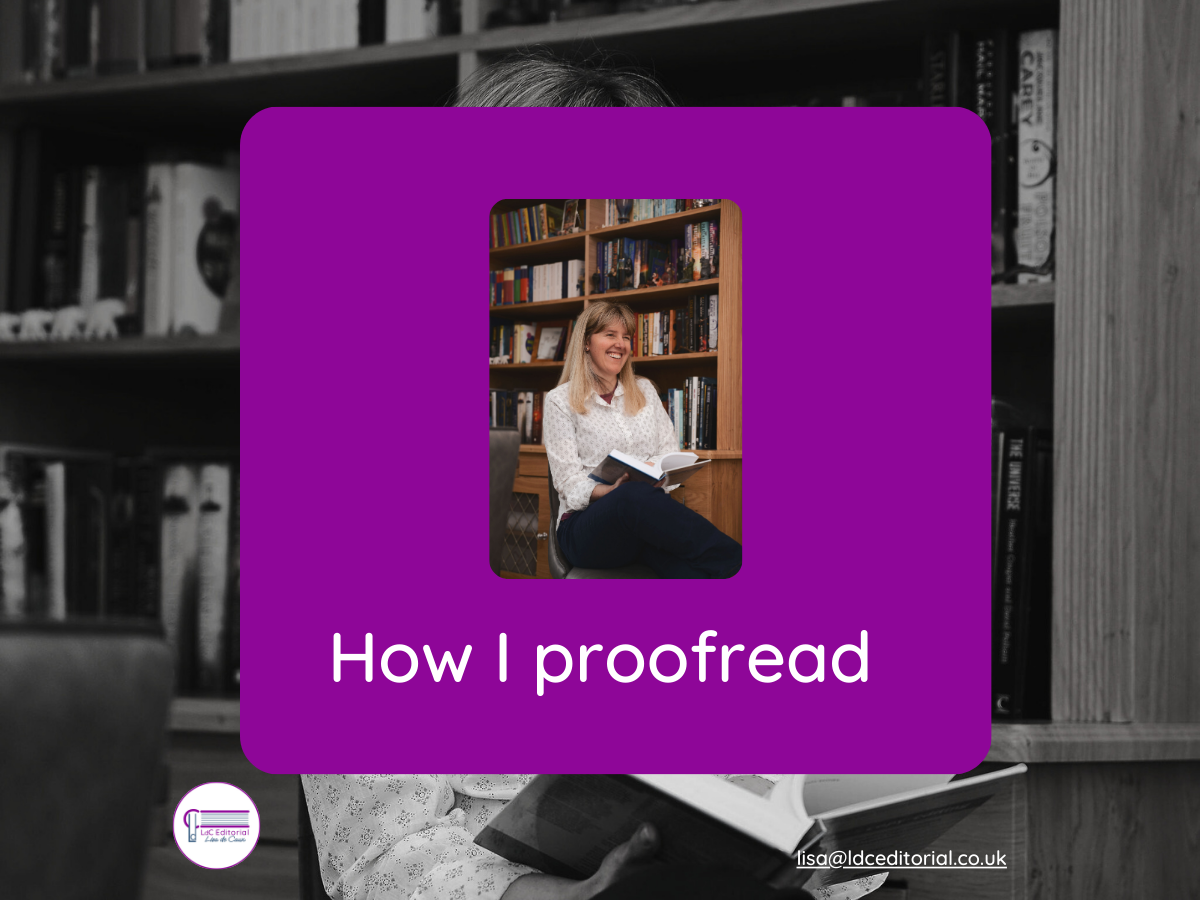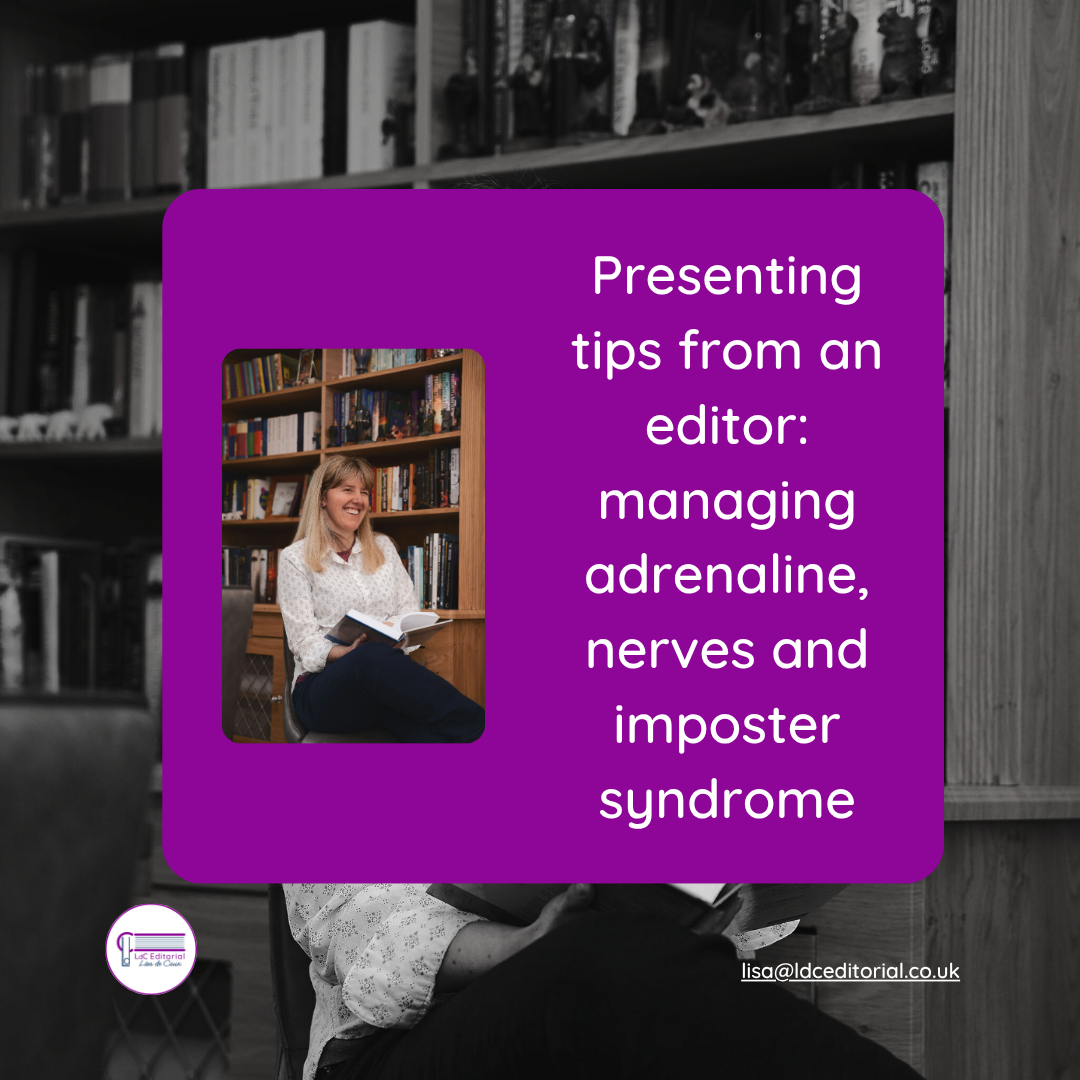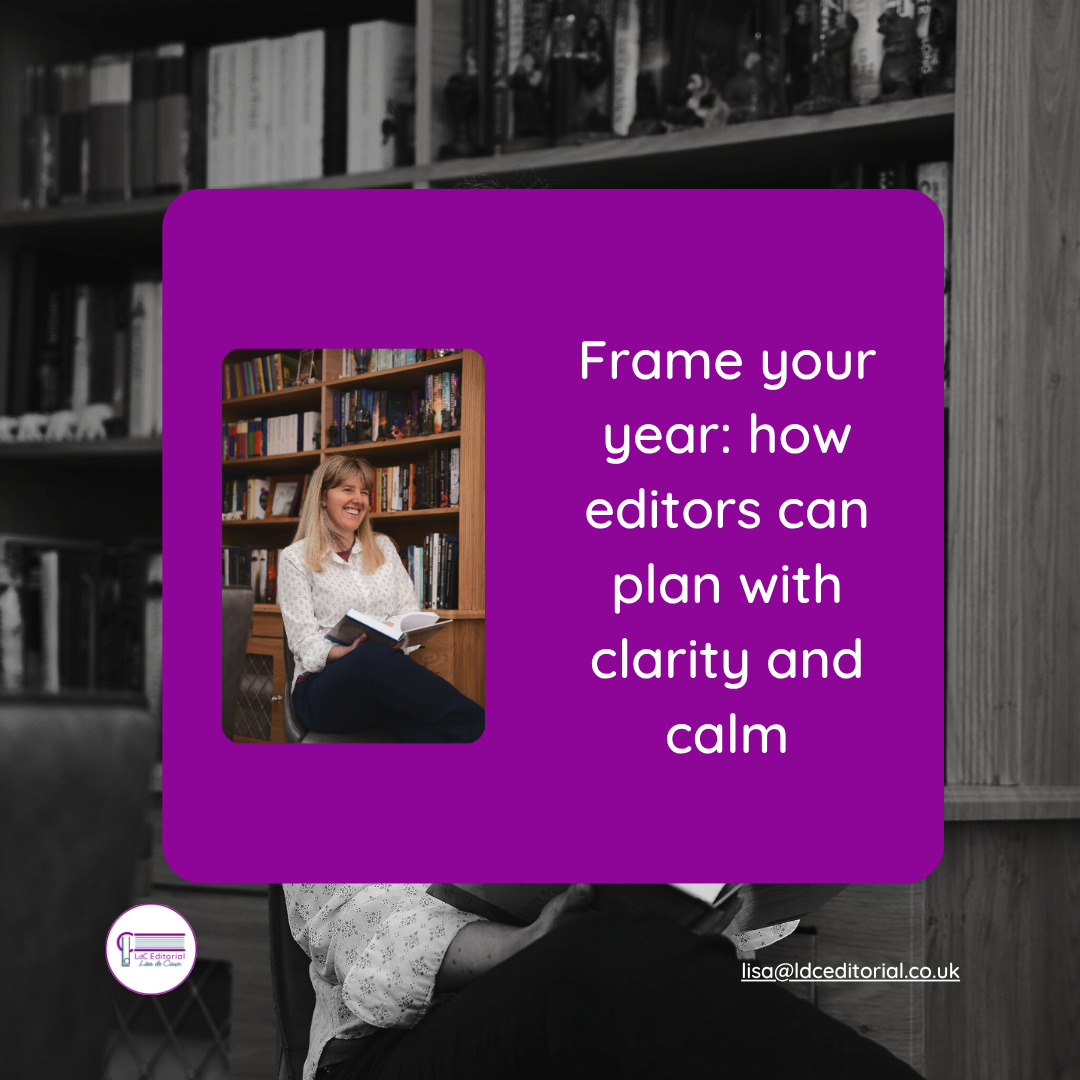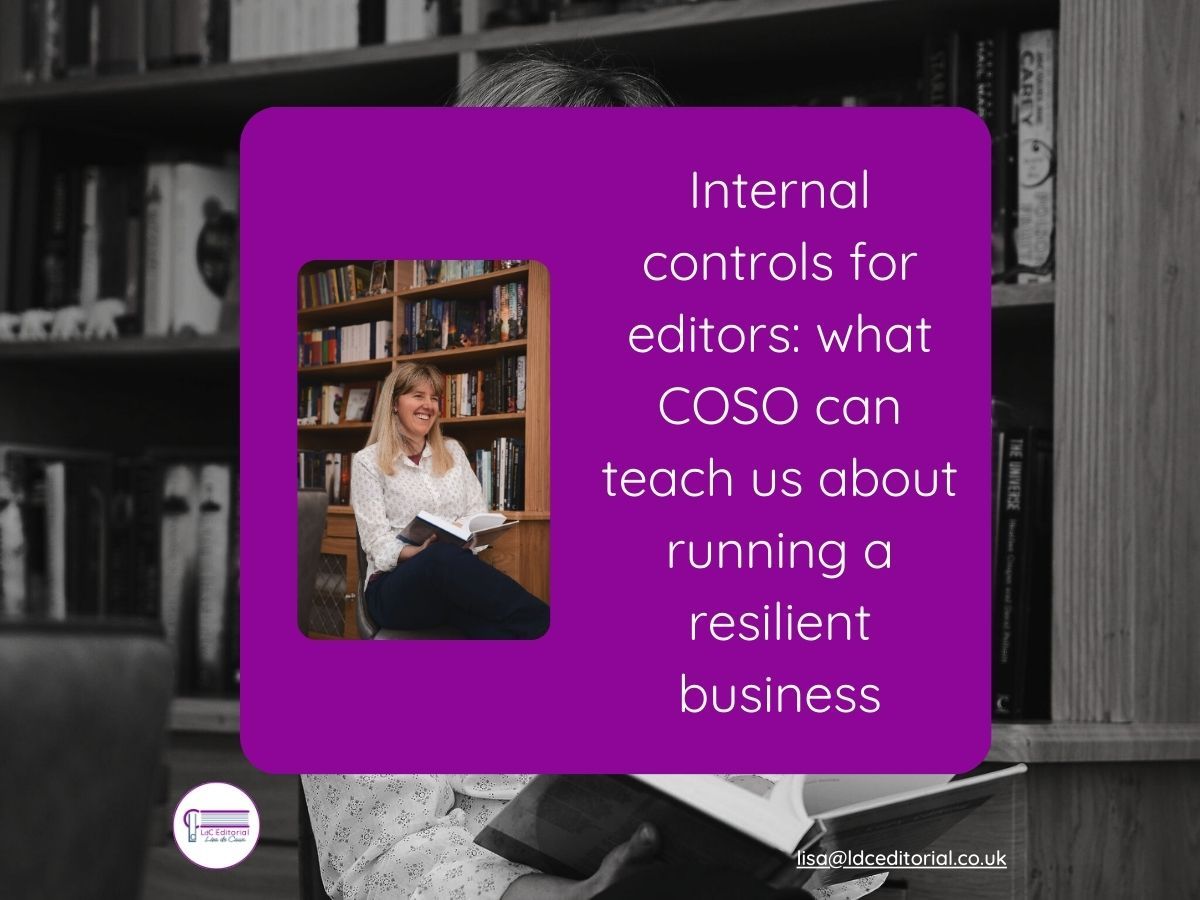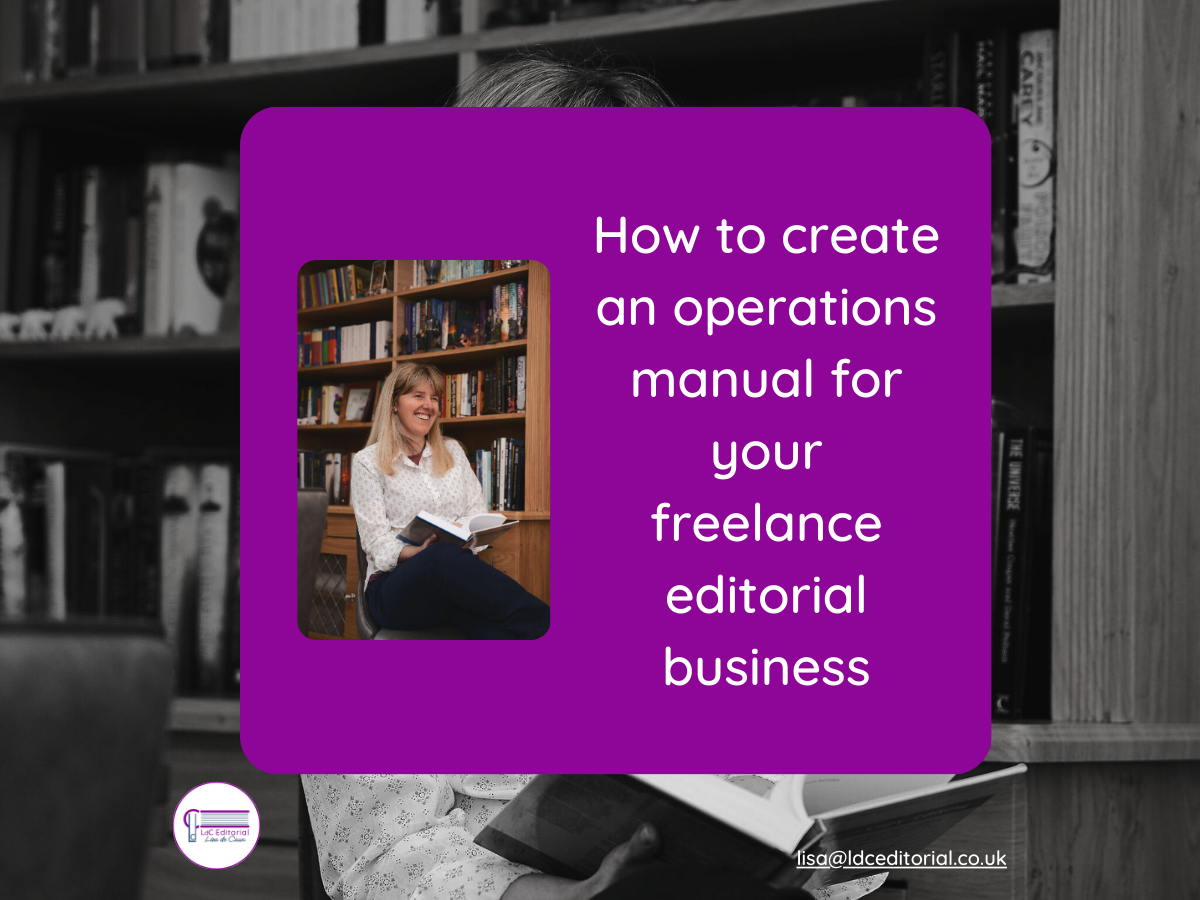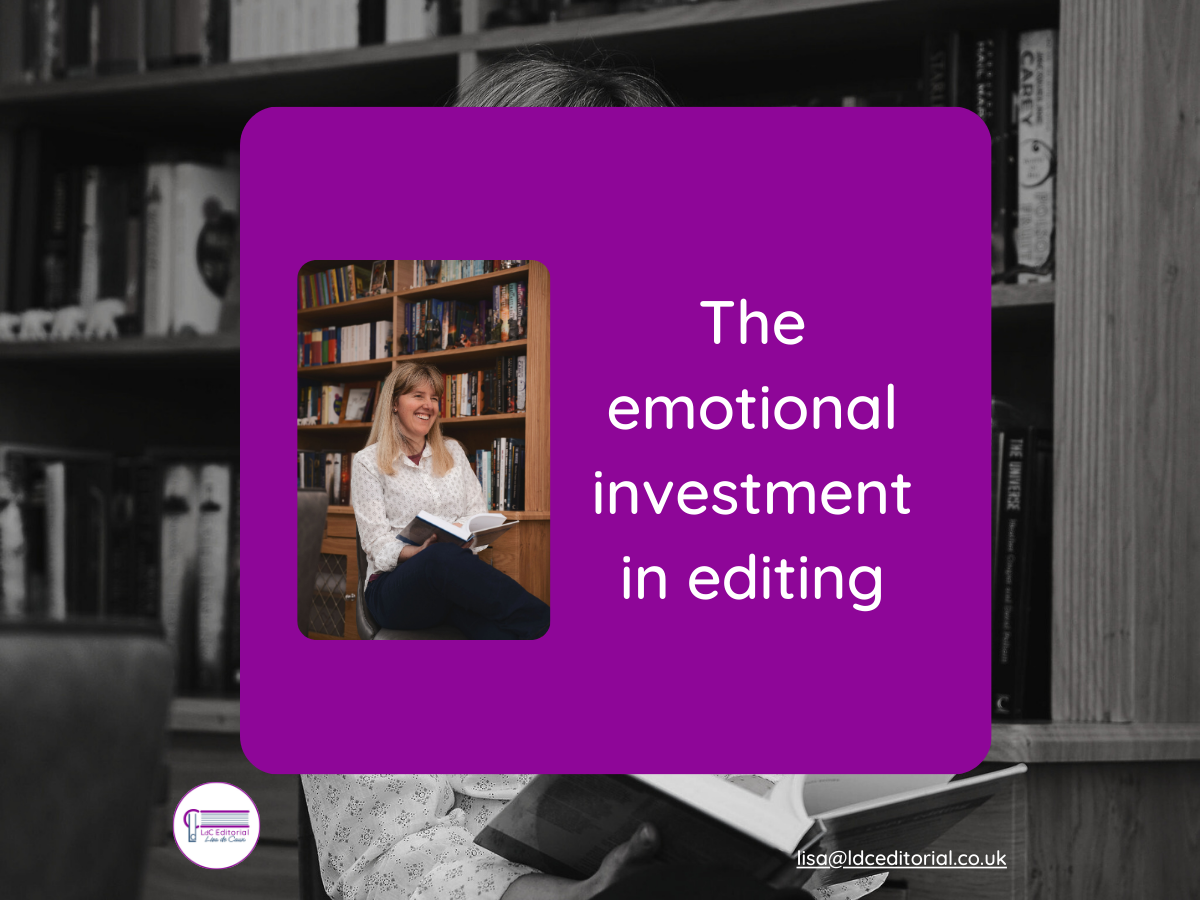Risk management for editors: turning red risks into green
Let’s be practical about risks and controls

In my last post, I introduced internal controls and the COSO framework – the corporate world’s way of keeping businesses steady.
Now, let’s be practical. How does risk management apply to editors and freelance business owners? You need to spot where your biggest headaches might come from and rate them. Then you identify controls to reduce them. When you control your risks, this turns theory into everyday business practice.
I produce a risk analysis document, so I have all the information at my fingertips.
You’re not trying to get rid of all risks – I don’t think that would be possible and unexpected events happen!
You’re looking to move as many risks as possible from red towards green by applying the right controls.
Risk analysis as a traffic-light system
Think of risk analysis as a traffic-light system:
- Red – High risk: something that’s likely to happen, and if it did, it would cause real damage.
- Amber – Medium risk: possible, inconvenient, but manageable.
- Green – Low risk: unlikely, or the impact is small.
You’re not trying to get rid of all risks – I don’t think that would be possible and unexpected events happen! You’re looking to move as many risks as possible from red towards green by applying the right controls.
Example: technology failure
- Risk: Your computer dies two days before a client deadline.
- Initial rating: Red – it’s very disruptive and it’s quite possible that it will happen at some time.
- Control: You back up all files to the cloud every day.
- New rating: Amber – though the problem would still be inconvenient, at least you wouldn’t lose any files.
To keep reducing that risk, you could add another control. For instance, keep a spare device ready or know where to get access to one quickly. Then you might be able to bring that risk down to green.
Example: Falling ill
- Risk: You fall ill partway through a project and can’t meet the agreed deadline.
- Initial rating: Amber – though it’s not certain to happen, if it did, it could disrupt client relationships and mean you miss the deadline. (What would missing a deadline mean? I suggest considering this as a separate risk around contracts.)
- Control: You build contingency time into your schedules, communicate openly with clients, and have a network of trusted colleagues you can recommend if you need to pass work on.
- New rating: Green – though the risk is still there, as none of us are immune to illness, the impact is far less severe because you’ve got a plan.
Why this matters
As editors, we’re often so focused on the text in front of us that we forget about the ‘business scaffolding’ holding everything together. Risk management gives you:
- Clarity – you can see where the real threats lie.
- Control – you know what actions will make a difference.
- Confidence – you’re better prepared when things do wobble.
It doesn’t need to be complicated. Start with a handful of risks, rate them honestly, and then decide what controls you can put in place.
By naming the risks and applying the right controls, you move your business out of the danger zone and into a steadier, calmer place. (I like to think of a bookshop…)
Final thoughts
What do you do if the thing you’re worried about actually happens? You take a deep breath, screw your courage to the sticking place, and know you’ll be okay.
Because you’ve already reduced the risk’s impact by controlling it.
Risk management turns theory into action. By naming the risks and applying the right controls, you move your business out of the danger zone and into a steadier, calmer place. (I like to think of a bookshop…)
You’re moving intentionally from a flashing red warning light to a steady green glow.
And now: breathe.
Building clarity and confidence in editorial businesses
This post is part of my series on building clarity and confidence in editorial businesses. If you’d like to learn more, check out this blog: my mentoring programme Frame Yourself!
Do drop me a line if you'd like to talk about mentoring for editorial professionals.
